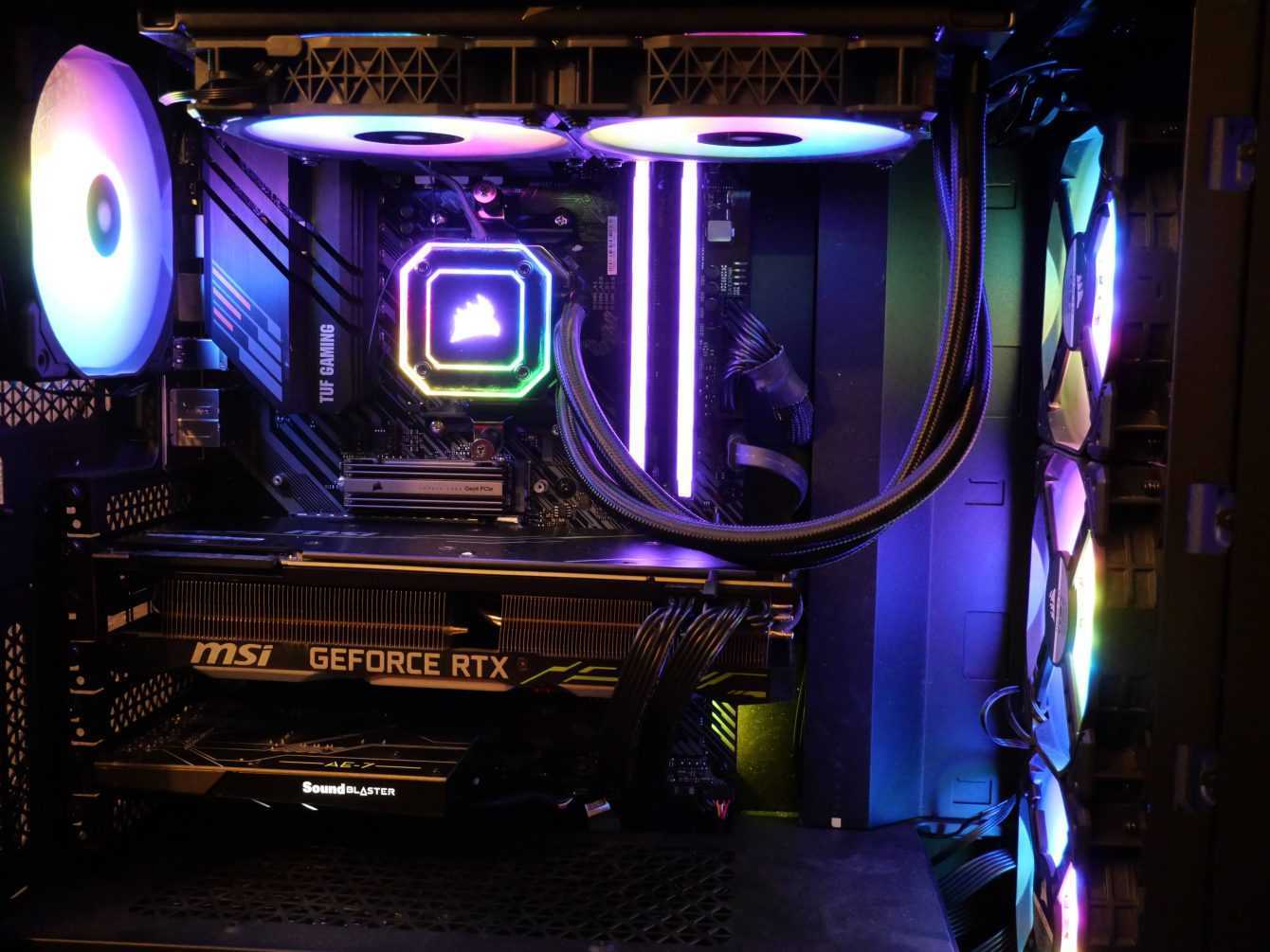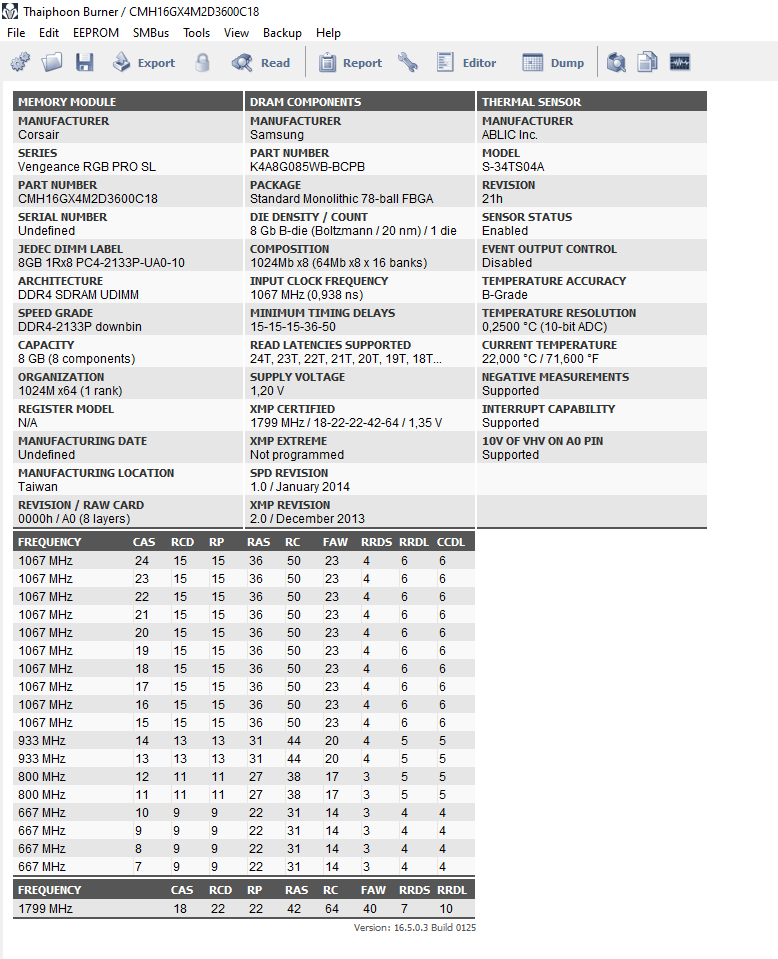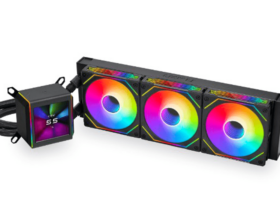Corsair Vengeance RGB Pro SL review. Problems during the assembly phase? Corsair cuts the height of RAM for greater compatibility
Let’s start from the beginning. Corsair has been so successful in the RAM world with the Vengeance Pro RGB series launched in 2018, this range has impressed in terms of price quality, performance in everyday use and general balance, but above all in terms of design. It is the white variant that in recent years, in particular, has made users fall in love. But if the colors are a purely personal factor, what is not, are the criticisms that some users have moved on one aspect: the height in volume of space of the dissipation system.
Let’s get one thing clear. Not with all the heatsinks and cases, the previous Vengeance Pro RGB have given and damage during the assembly phase, but only with some specific models. In fact, this counter does not want to replace the “big” brother but rather be an alternative for certain users.
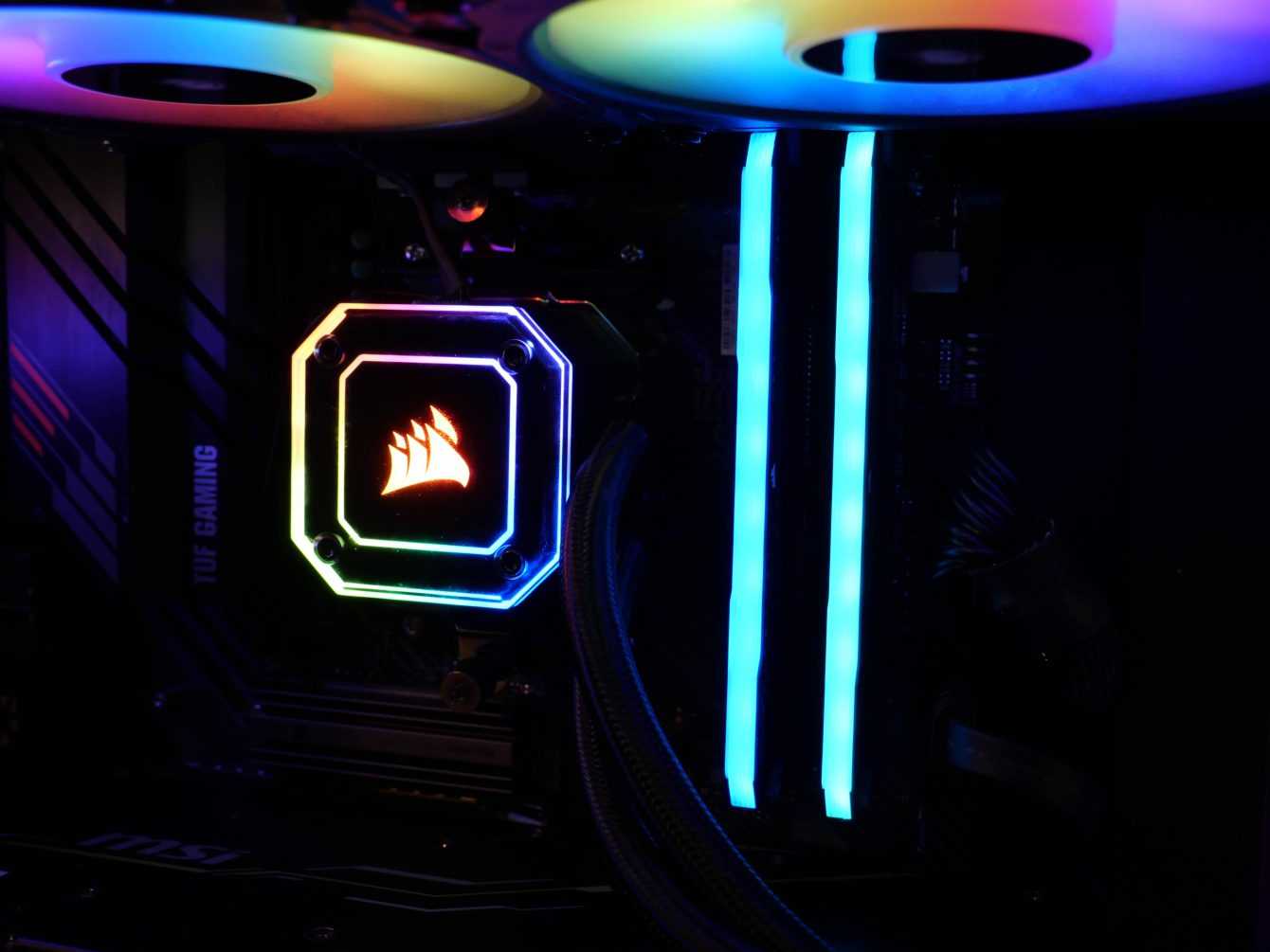
It is the case to write it, good Corsair who knew how to listen to their community, creating a highly anticipated product. The classic Vengeance Pro RGB solutions are 51 mm high (high profile) and, not always, are compatible with liquid coolers (specifically with radiators mounted on top) but also with some air coolers that invade the RAM space , these new Corsair Vengeance RGB Pro SL have instead a more versatile height of 44 mm (low profile) and adapt to every need.
Materials and quality from real Pro | Review Corsair Vengeance RGB Pro SL
Looking at the Vengeance RGB Pro SL we can’t help but notice the dynamic RGB lighting compartment, made up of ten independent zones individually controllable by the proprietary iCUE software. As anticipated at the beginning, these RAMs have a height of 44 mm (low profile) to ensure maximum compatibility in each specific case.
The heatsink used by Corsair on these RAMs is the classic and now consolidated aluminum block with a satin finish that we can find throughout the Vengeance RGB family. In this new series we find only the initials Vengeance in terms of text, with a new design. Modern and minimal I would say, just like the Corsair logo placed just above the initials. The same style we found pleasing in our Corsair 4000D case review.
Net of tastes, we find ourselves in front of a very nice RAM bank, and well made, without being too “flashy”. In any case, we are not faced with a distorted design compared to its younger sisters, but only with an engineering adaptation to reduce the height of those 7mm.
Continuing with the analysis of these RAMs, we note a limited development in height. The previous ones had a particularly elongated PCB, with the relative controller placed almost at the end of the PCB itself. In this case we have a new design, the controller is logically lower, and the configuration with Layout A2 is maintained for the modules modules ICs. A great choice for combining compact size with solid performance.
Let’s talk about iCUE
As always, when you buy a Corsair product you have the opportunity to take advantage of iCUE: a considerable added value.
Specifically, thanks to the Corsair software, we will have the ability to control graphics and temperatures of our memories as well as obviously being able to assign a color game in total simplicity. What to say? Corsair under the software side really does not fear rivals, especially for the ecosystem that is created.
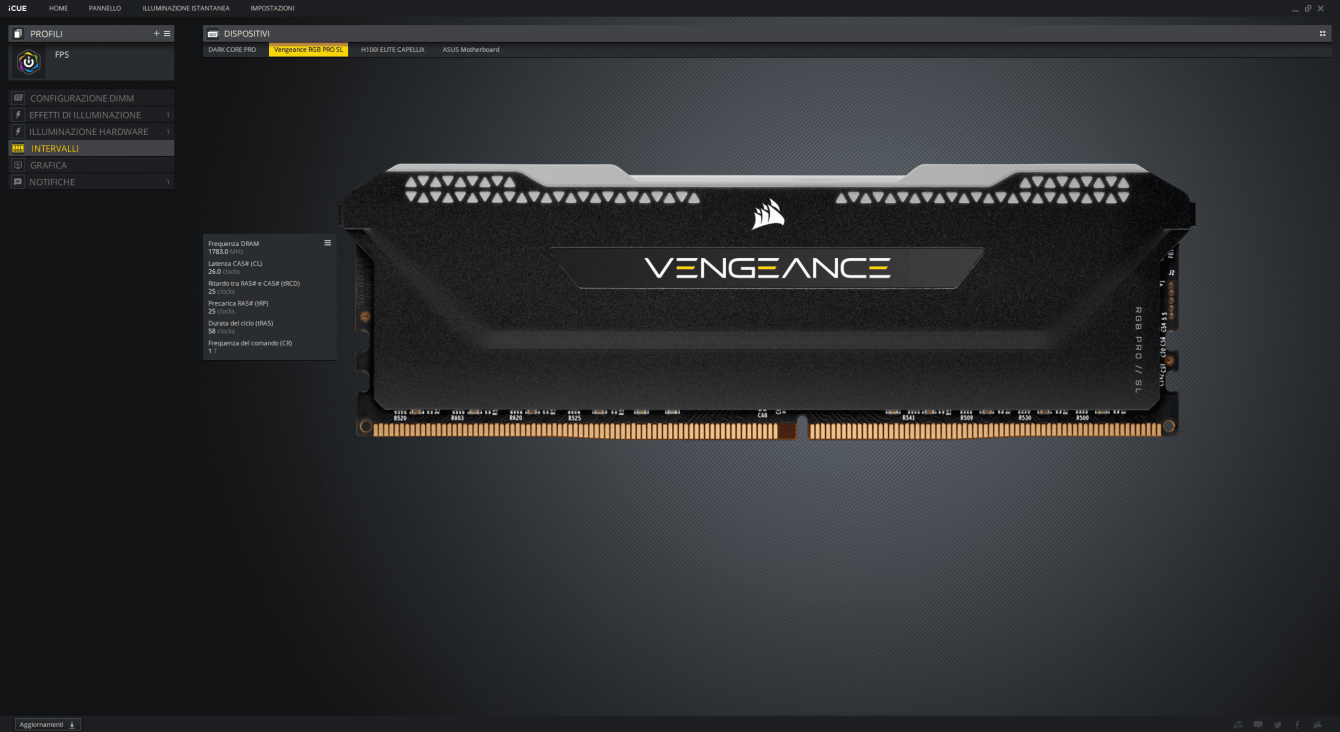
From the data sheet to the war field | Corsair Vengeance RGB Pro SL review
We are pleased to have in our hands the model signed CMH16GX4M2D3600C18 which, just as the model code suggests, is the variant from 16 GB 2 x 8 GB with operating frequency of 3600 MHz and timing C18-22-22-42, 1, 35V.
Corsair for this family offers different alternatives, there really is something for all tastes. The wide range ranges with frequencies from 3200 MHz up to 3600 MHz and, with a maximum capacity of 128 GB (4 x 32 GB) in white or black. Optimized for both Intel and AMD platforms, they support XMP 2.0 profiles for quick setup. The RAMs have a Command Rate of 2T for the XMP profile.
This RAM family mounts Single Sided ICs modules obviously, (for a Single Rank configuration), and therefore if on the one hand we find the chips, on the other we find a spongy layer to space the PCB and heatsink symmetrically.
We begin the analysis of these RAMs by “observing under the microscope” their DNA, therefore to carry out this verification we rely on the well-known reading software Thaiphoon Burner.
From it we first notice the type of chip that Corsair has chosen for its modules, it is the famous ones ICs Samsung B-die. Just like the Die Density section reports. A little above we can observe the model code instead, these are modules K4A8G085WB, produced in February 2017. Although, we should not expect the classic elasticity that has made these chips so famous, in this specific RAM, they have not been implemented for obtain elasticity in overclocking and with high voltages.
Regarding the SPD profiles that the manufacturer has made, we can note, in addition to the XMP 2.0 profile available for all compatible motherboards, all the individual profiles conforming to the JEDEC standard. With the possibility of also opting for low energy saving profiles. But we, and most people care about the XMP profile basically, and that’s exactly what we will thoroughly test in both benchmarks and daily use.
The performance tests and our configuration
The first test we will do is to evaluate the adherence to the declared specifications. If we buy a module at a certain frequency, we want it to go to that particular specification. So that’s why we went into the BIOS to set the XMP profile. We specify that we have a motherboard that in terms of circuitry boasts a layout for Daisy Chain RAM, therefore well prepared to support XMP profiles, net of the “singular” capabilities of the CPU itself. We remind you that the stability of the RAM, both in the phase of standard operations and of overclocking, depends above all on the goodness of the IMC of the CPU itself. Therefore the following tests cannot be taken as universal values.
Following the profile set, the motherboard immediately passed the Boot phase without hesitationthe. Same situation regarding stability, we tested the same with the Prime95 software in the Large FFT’s section for several minutes, the result was excellent, but sometimes fluctuating. We believe it is due to the nature of the RAM itself, which does not support values higher than those dictated by the XMP profile. Certainly in contrast with the nature of the aforementioned B-Die Chips, but we do not blame it, these RAMs, in fact, do not want to address an overclocker audience. But we write this to tell you not to stress too much with the voltages, as you could damage your components.
In the test carried out with Prime95, we found if on the one hand stability, on the other hand, some hesitations when the stress was much higher as mentioned above, which resulted in a temporary increase in the voltage of the RAM, which caused some “Freeze” momentary. Clear, during daily use you will never find yourself in the same situations of maximum stress that a benchmark can reserve for a component, but this serves to test the goodness of these RAMs in the phase of maximum stress. A behavior that was revealed with the AIDA64 Cache and RAM System Same Test.
After doing these tests we tested the capacity and quality of the chips in certain benchmarks, monitoring everything through the software HWINFO, to get a graph of what was happening inside our components.
As the first software we will use Cinebench R20, to get not only a mere score in terms of performance, but above all to evaluate the stability of the RAM. Which produced a good result overall. And the graphs that analyzed the RAM showed an increase in voltage to compensate for the increase in energy demand.
In evaluating the theoretical maximum band instead, we relied on AIDA64. To simulate typical operations of daily use, the classic Single Thread type operations, where what is mainly required is a constant bandwidth flow. And with SiSoft Sandra instead, we will test the exact opposite, that is Multi Threads applications, to simulate a decidedly heavy job, typical of video editing, or 3D modeling with professional software.
With AIDA64 in the Bandswidth Read test, then Benchmark cache and memory. the values produced show acceptable results for daily and even productive / gaming use. They do not represent absolute values, in terms of latencies we are on 82ns which is not the lowest existing value, but still good for most users. The daily operations will certainly be carried out with excellent speed. The same goes for the writing data, which shows 47456 MB / s, a good result, even if not exactly among the best on the market.
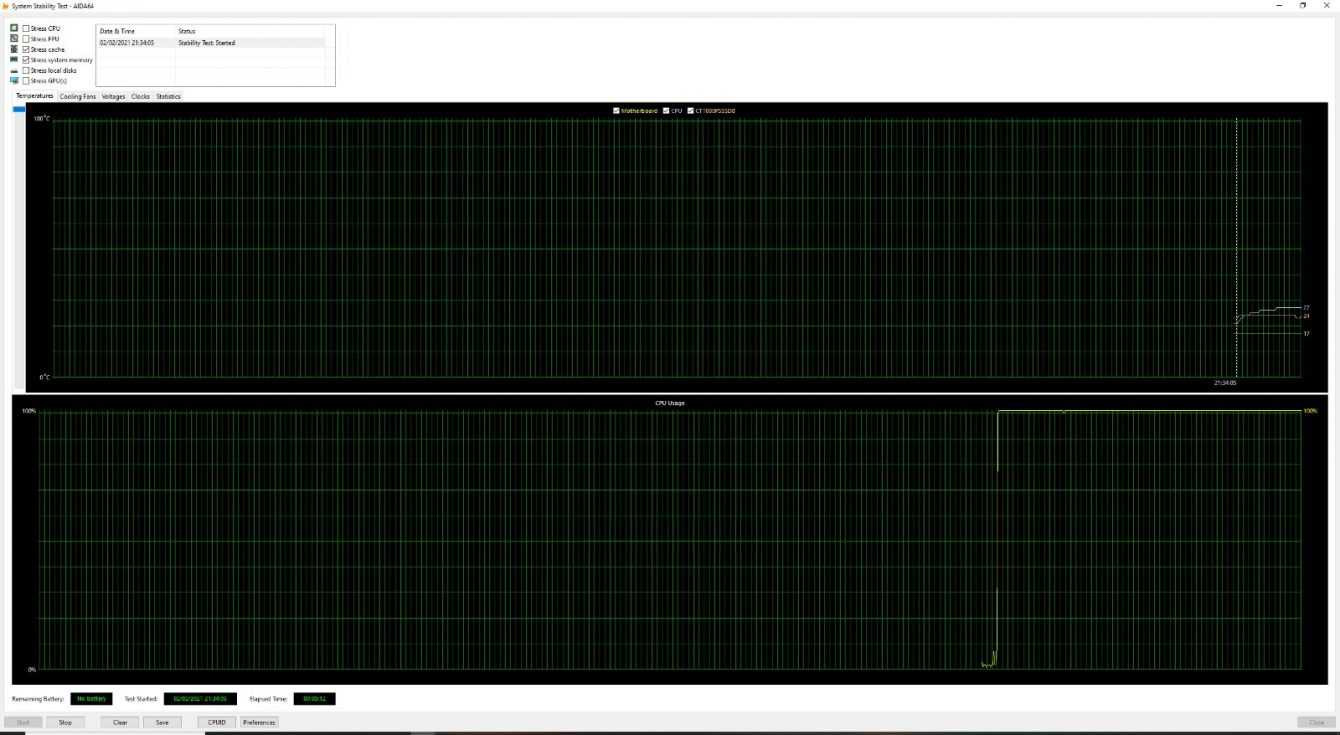
Data similar to those produced by SiSoft Sandra, more severe in the verification, in the test for the bandwidth, if with files of 2kb, or 128 kb we have values that are around 44540 GB / s, everything tends to drop drastically with more demanding files to calculate such as 2 and 8 MB even up to 39456 GB / s approx. We have negative peaks in terms of latencies, but we can justify it for these certain timings.
Overclocking RAM will certainly lead to an increase in terms of bandwidth, but we do not recommend doing so as the necessary voltage that the RAMs will ask for will not be the lowest.. In these RAMs the B-Die Chips have not been implemented for extreme overclocking, but to obtain good stability and performance with the most disparate configurations on the market.
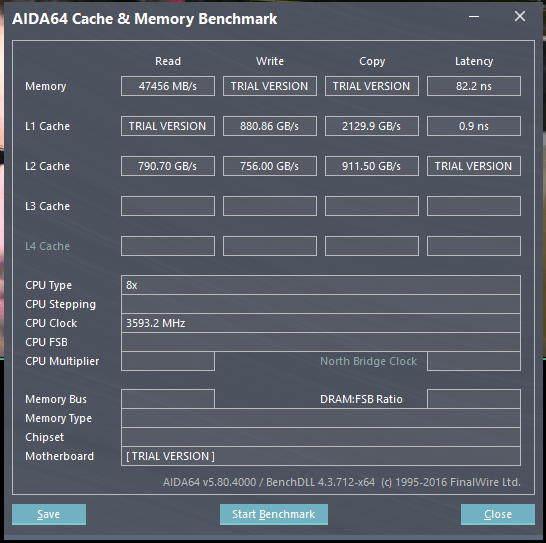
Who should buy them?
These are not RAM for those who want to play with settings and overclocking, for that you will have to opt for different models. These RAMs are suitable for those who want something functional, suitable for all areas, without having to worry about stability or compatibility., both in terms of hardware and pure space available inside your case.
Once the XMP Profile is applied, that’s it, they’re ready for action. We do not recommend applying particular settings as they are not naturally suitable for this type of work, and you will be forced to apply very high voltages, risking irreparable damage to your components. We can say, however, that we are faced with a RAM bank that is more than sufficient for all common operations, productive and non-productive work.
That’s it for the Corsair Vengeance RGB Pro SL review. Are you a design lover? Are you looking for guaranteed compatibility with most AIO liquid and air coolers? Then rely on these Vegenace RGB Pro SL, a real certainty.
If you want to continue to know the latest news from the hardware world, keep following us. Greetings from TechGameWorld.com.
Note: All photos in this review were taken with a Panasonic Lumix Dc-G90M.
Points in favor
- Low profile design
- Excellent RGB lighting
- Good software support
Points against
- Poor Overclocking performance






